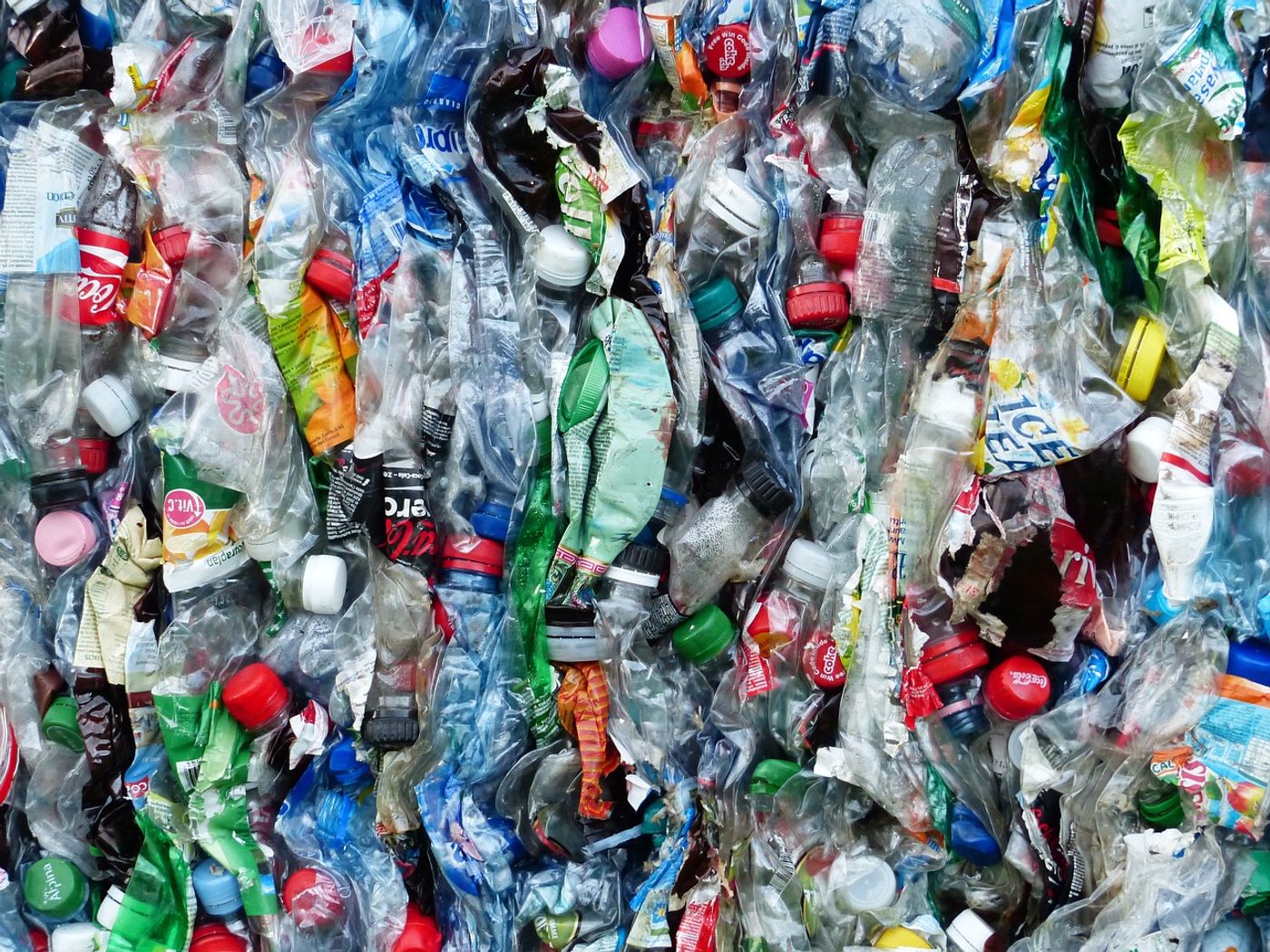Scientists Upcycle Plastics to Fight Climate Change
In a recent study published in the Journal of the American Chemical Society, a team of researchers led by the University of Illinois Urbana-Champaign have designed a breakthrough method to transform polyethylene (PE)—the world’s most widely manufactured plastic—into polypropylene (PP)—the world’s second-most widely manufactured plastic, which has the potential to decrease greenhouse gas emissions (GHG).
"The world needs more and better options for extracting the energy and molecular value from its waste plastics," said Dr. Susannah Scott, who is a Distinguished Professor and Mellichamp Chair of Sustainable Catalytic Processing at UC Santa Barbara, and a co-author on the study. She added, "turning polyethylene into propylene, which can then be used to make a new polymer, is how we start to build a circular economy for plastics."
"We started by conceptualizing this approach and demonstrated its promise first through theoretical modeling -- now we have proved that it can be done experimentally in a way that is scalable and potentially applicable to current industry demands," said Dr. Damien Guironnet, an Associate Professor in the Department of Chemical and Biomolecular Engineering at the University of Illinois Urbana-Champaign, and a co-author on the study. Dr. Guironnet was responsible for publishing the first study describing catalytic reactions 2020 that led to this current research.
This current study initiates a testbed upcycling PE plastic with greater than 95% reactivity into propylene. The research team was successful in constructing a reactor that produces an uninterrupted flow of propylene which can easily be converted into PP with present technology, which makes the findings from this research both implementable and scalable.
"Our preliminary analysis suggests that if just 20% of the world's PE could be recovered and converted via this route, it could represent a potential savings of GHG emissions comparable to taking 3 million cars off the road," said Garrett Strong, a graduate student in the Department of Chemical Engineering at UC Santa Barbara, and a co-author on the study.
Sources: Journal of the American Chemical Society
As always, keep doing science & keep looking up!









